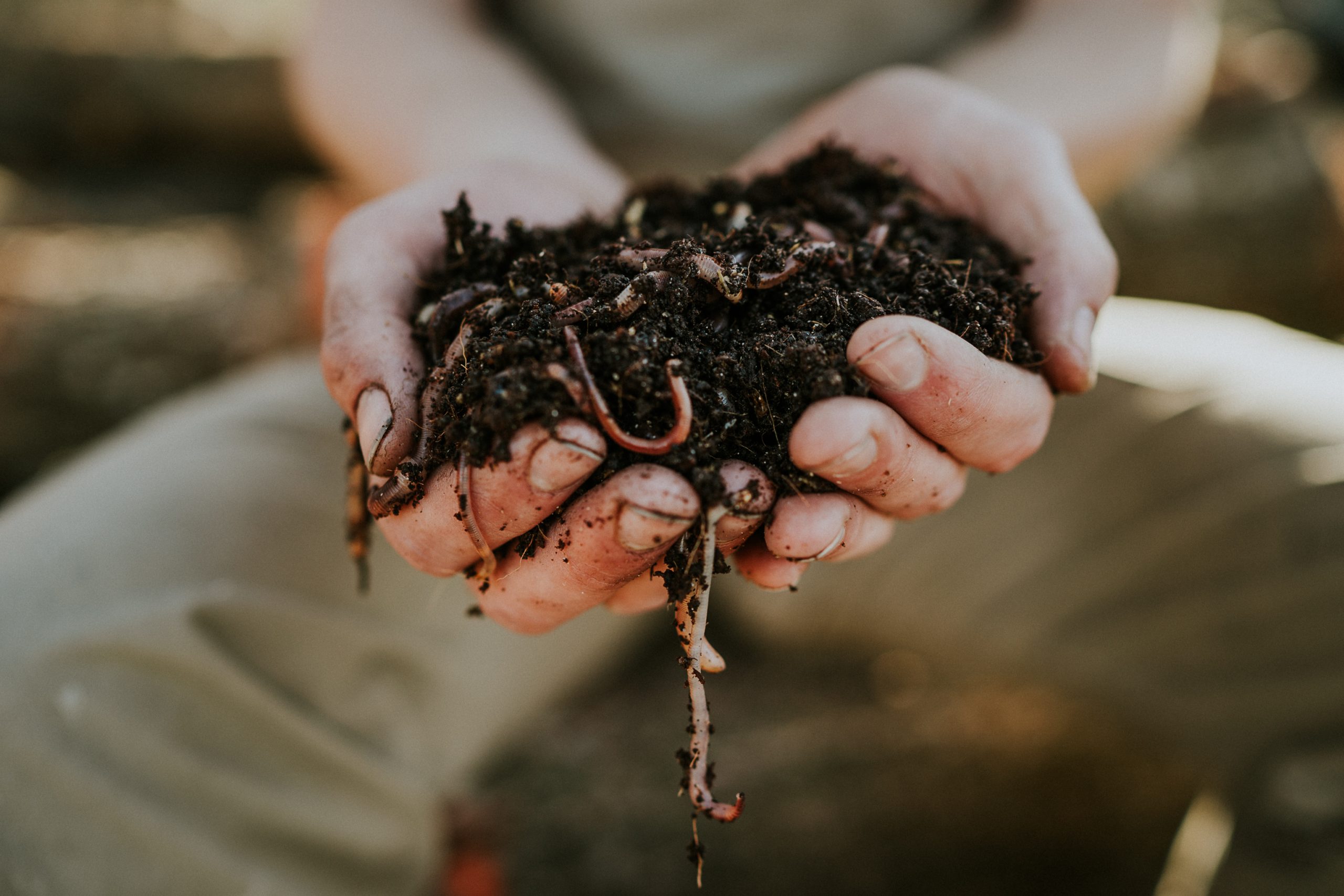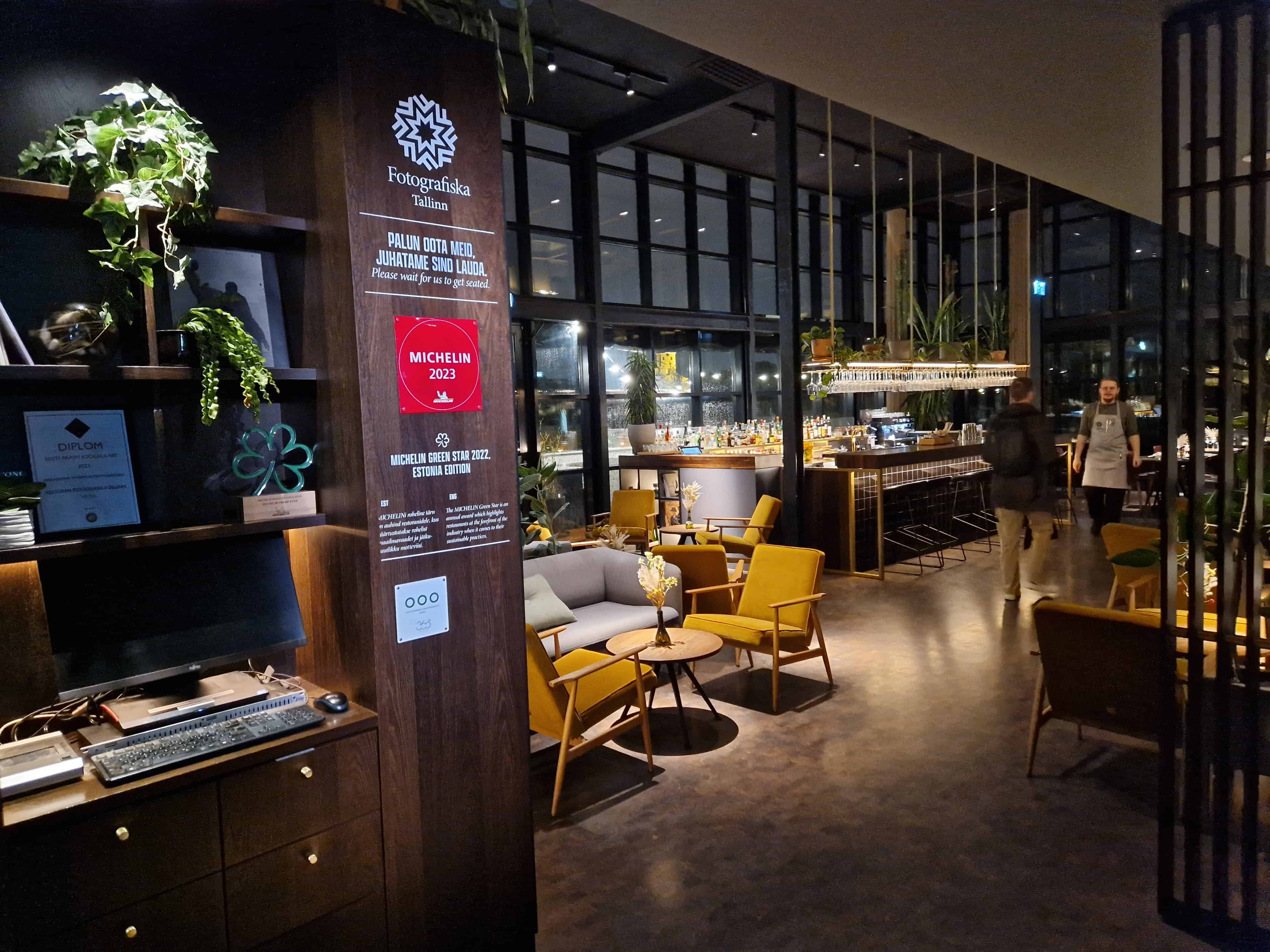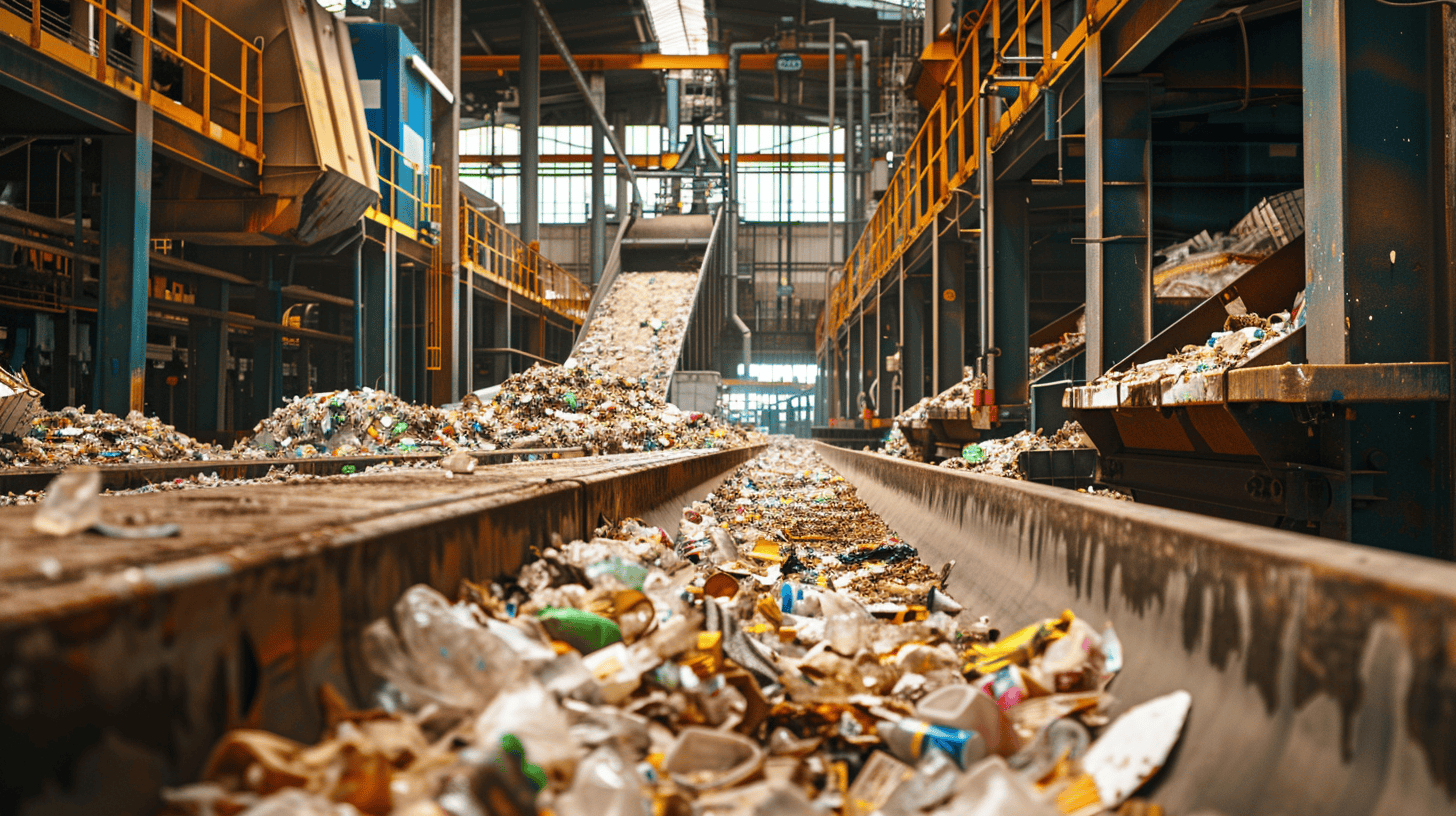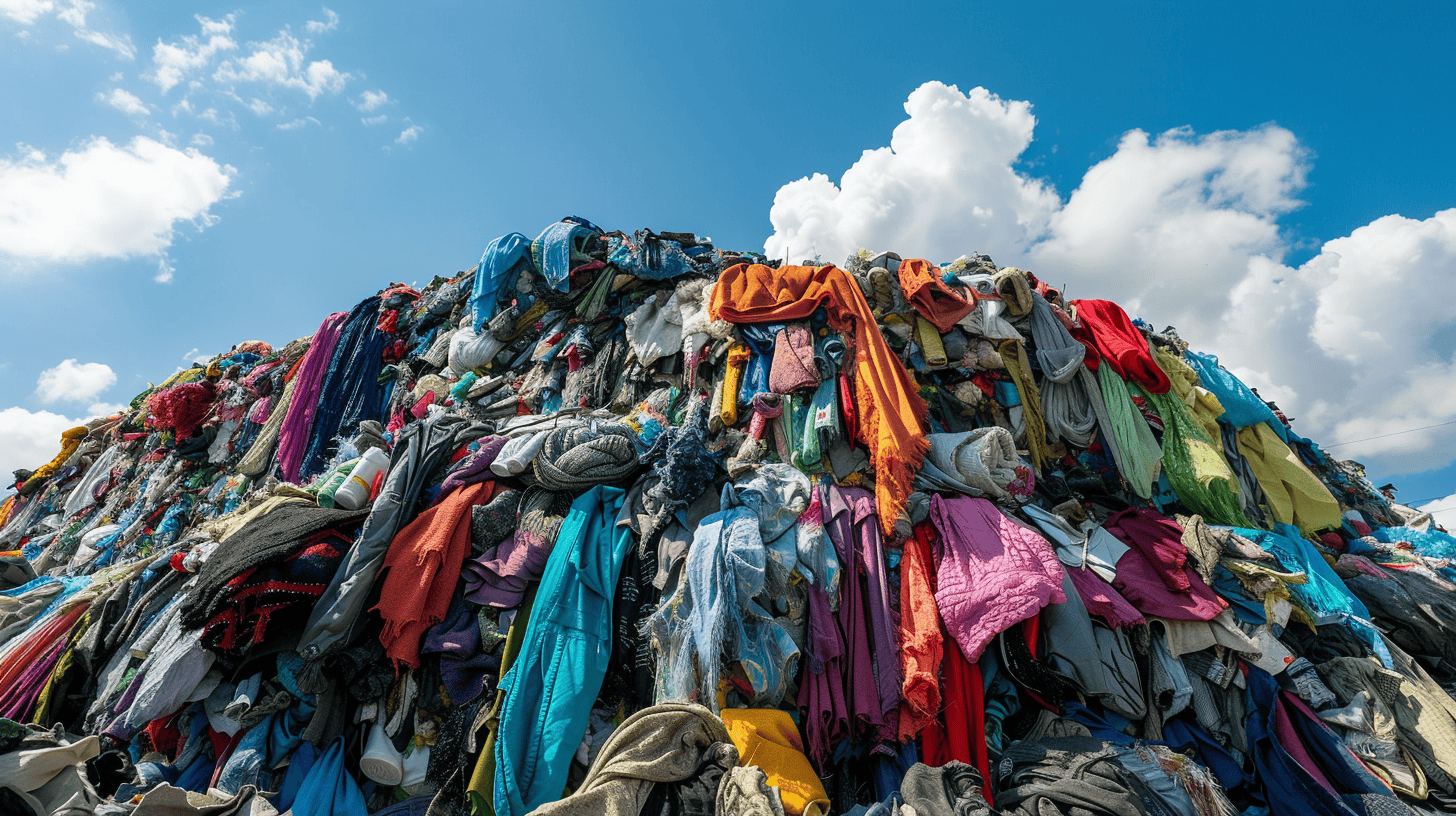
You could just throw your biowaste in the green container. Then it will eventually become compost or bioheat. Having your own compost heap is also a good idea if you have a garden. Then you could make your own humus. That’s very easy with David Witzeneder‘s ‘worm box.’ This Austrian exploits the appetite of earthworms in order to make humus from VGF waste. That can be very profitable. A kilo of humus currently costs more than a kilo of crude oil. It’s not for nothing that it’s also called ‘black gold.’
Every year, each Dutch person throws away 144 kilos of fruit and vegetable waste. Approximately two thirds of VGF waste is directly processed into compost. Just over a third is first fermented; besides compost, this also produces biogas (green gas) (Source: Milieucentraal). Earthworms also do their bit. They convert half their body weight of biowaste into humus on a daily basis. Witzeneder has designed a special container for this purpose: the worm box (Wurmkiste). One thousand worms process 200 grams of VGF waste per day. Valuable humus is created after 21 days this way.
An annual 172,000 kilos of organic waste vanishes into residual waste each year in Vienna alone. If all citizens of Vienna were to have their organic waste converted into humus in these worm boxes, that would save 20 to 40 garbage trucks a day. That’s according to David’s thesis. Moreover, a huge amount of humus would be produced, which people could use on their own plants or give to others.

What did you do before you set up Wormsystems and how did you come up with the idea?
I lived abroad for a long time after high school and did my substitute military service in Costa Rica. When I started studying agricultural science at the University of Natural Resources and Life Sciences (BOKU) in Vienna, I came across the problem of separating GFT waste. I could only get rid of it with the other residual waste. In the beginning I did bury my biowaste in the park. Until I chanced upon the principle of the worm box.
What do earthworms need in order to do their work?
The organic waste has to be vegetable. Earthworms eat almost everything with the exception of citrus fruit. They need a humid climate in order to feel comfortable. But this happens almost automatically since organic waste is 70% water. The ideal temperature for them is 20 to 25 degrees Celsius, just like it is for humans. Temperatures above 25 degrees Celsius makes them eat less, they show signs of stress above 35 degrees and will die at temperatures above 40 degrees Celsius. That’s why the worm box should be kept in a cool place in summer.
What motivates you and what’s the problem that you solve?
My main motivation concerns the proper use of organic waste. Earthworms convert 100 kilos of organic waste into ten kilos of humus. The humus is a relatively small by-product. Organic waste and humus are neatly separated in the worm box and are harvested twice a year. You can use the worm box anywhere and continually provide it with organic waste.

What has been the main hurdle that you have had to overcome? Have you ever thought about giving up?
The first two years in particular took a lot of perseverance. I had a product and a web shop. But no one knew where to find me. That didn’t change until I befriended the company Wohnwagon, who included my worm box on their web shop. That’s when I discovered my problem: my web shop didn’t have SEO optimization and therefore couldn’t be accessed at all. After the SEO optimization, things really started to take off. At that moment, I still had to sit four exams at the university. It took a couple of years before I graduated.
What have been the best moments so far? What are you really proud of?
If I add up how many worm boxes are already in use and how much humus is being made. Or if I get positive feedback. One time a customer sent me a picture of a pineapple that she had grown using worm humus. The pineapple was twice the size of the previous year’s harvest.
You are based in Andorf, a town in Austria with 5000 residents. How are the circumstances there?
I wanted to go back home after college. I knew it was harder to find kindred spirits here. At first, people laughed at me when I told them about my start-up. But now we’re in a 500-square-meter building. They can see that it works.
Is that where the whole production process takes place??
We have the parts prefabricated by a company in Linz that specializes in employing people with disabilities. Lebenshilfe employees assemble the boxes in Andorf. All in all, half of the production takes place in Andorf. Breeding the worms happens in another hall which has a surface area of approximately 200 square meters.
Where will the company be in five years’ time?
We initially focused on private households. In the next step we want to build worm boxes for the catering industry and commerce. The first pilot projects in Vienna are already underway.
What makes your innovation better or different from other existing solutions?
The most important point is a decentralized disposal. Conventional processing of organic waste into residual waste generates costs of around 60 cents per kilogram due to transport and incineration. Organic waste is the heaviest fraction when it comes to residual waste. These costs don’t occur if the worm box is used. The worm box is not expensive. The earthworms reproduce easily and live for quite a long time. If you give them a little bit of attention, you won’t have any further costs. I can’t imagine that in ten years’ time waste will still be hauled away by garbage trucks. Residents in Australia already have the choice between a worm box or garbage disposal.
You can read more articles on start-ups via this link..







